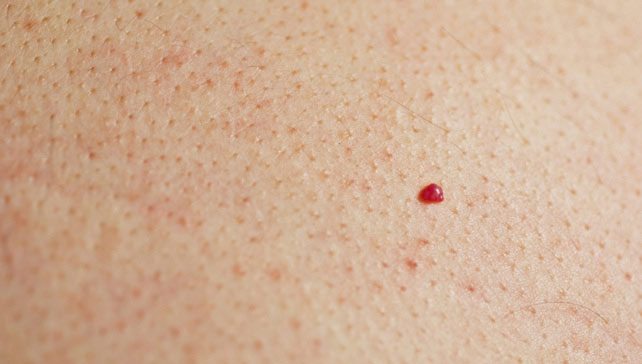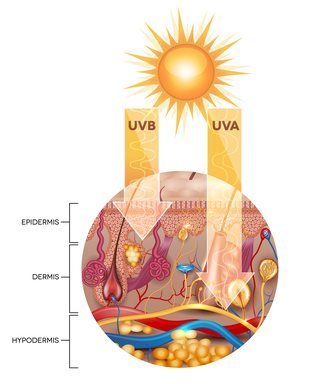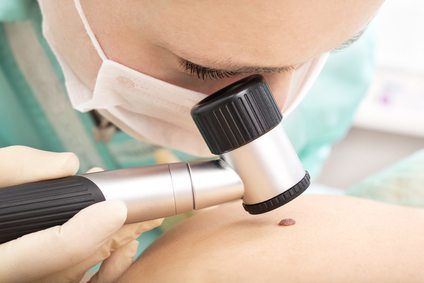How to Remove a Cherry Angioma
Summer is the time for fresh, juicy, delicious cherries. Unfortunately, the tasty red fruit might remind you of a cherry angioma on your skin. Common, colorful skin growths, cherry angiomas can grow on most areas of the body. They’re recognized by their reddish color, which is caused by broken blood vessels, and although they are rarely dangerous, many people wish to remove them (especially if they are located in an inconvenient spot). Luckily, this is very possible with the advent of modern technology. Let’s discuss how to remove a cherry angioma . . .
How to Remove a Cherry Angioma
What is a cherry angioma?
Also known as a Campbell de Morgan spot or a senile angioma, a cherry angioma is a small skin growth that is red in appearance due to the broken blood vessels inside of it. It is made up of clusters of capillaries that have formed into a small dome. Cherry angiomas can grow in many different places (though the torso, arms, and shoulders are most common), and they tend to be circular or oval in shape. Their size ranges from a tiny speck (the size of a pinpoint) to one-fourth of an inch in diameter. Sometimes they appear smooth, and other times they are slightly raised.
Who is likely to have a cherry angioma?
Cherry angiomas are typically found on people over the age of 30, though they appear on younger people as well. Although we don’t know what causes them, they become more prevalent with age and vary in frequency from person to person.
Are cherry angiomas safe?
Yes, most cherry angiomas are perfectly safe. However, it is always a good idea to keep an eye on your skin and its marks and growths. When clothes rub against your skin, the angioma may bleed. If you notice that the spot has changed in size, shape, or color or if it frequently bleeds, you should contact a doctor. A cherry angioma will not go away on its own, so if you dislike yours for cosmetic reasons, you may wish to have it removed.
How can a cherry angioma be removed?
Using laser therapy, you can have your cherry angioma speedily removed. A pulsed dye laser (PDL) will aim a concentrated yellow laser at the spot and its heat will destroy the skin growth. Although some bruising may occur (and last up to 10 days), this method of removal is simple and comfortable overall. Multiple laser treatments may be required, especially if you would like to treat more than one angioma. It is also possible to remove a cherry hemangioma using PDL laser treatment.
– – – – –
Are you ready to remove your cherry angioma? If you live in or near Springfield, Missouri, give DermaHealth a call. We can quickly and easily remove that pesky red spot using a pulsed dye laser (PDL). This comfortable, in-and-out procedure will destroy the cherry angioma and only require a brief recovery period. To schedule a free consultation, please give us a call at 417-447-7777 or contact us online. We look forward to hearing from you!











